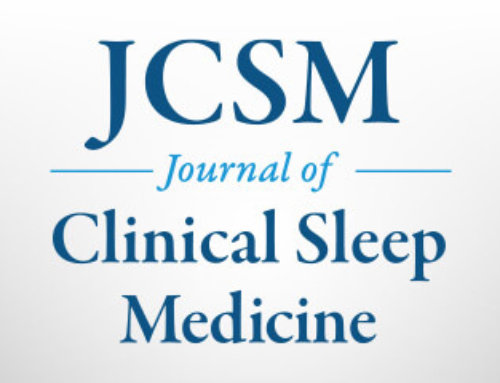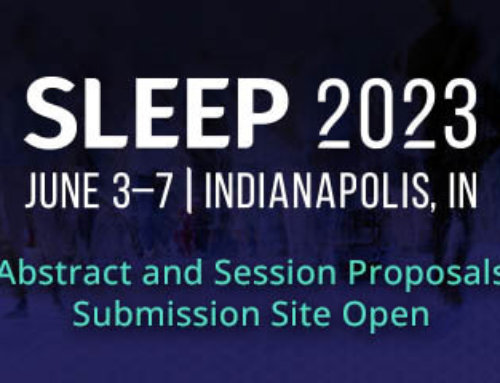EMBARGOED FOR RELEASE: June 10, 2008, at 12:01 a.m.
CONTACT: Kathleen McCann
(708) 492-0930, ext. 9316
WESTCHESTER, IL – The magnitude of circadian advantage influences the outcome of Major League Baseball (MLB) games in that teams with greater circadian advantage are more likely to win, according to a research abstract that will be presented on Tuesday at SLEEP 2008, the 22nd Annual Meeting of the Associated Professional Sleep Societies (APSS).
Using the convention that for every time zone crossed, synchronization requires one day, teams were assigned a daily number indicating the number of days away the team was from resynchronization. Positive values indicate eastward travel, negative values westward, and a value of zero indicate synchronization with the current time zone.
Approximately 79.1 percent of the games analyzed (19,084 of 24,133 games) were played between teams at equal circadian times. The remaining 5,046 games featured teams with different circadian times. In these games, the team with the circadian advantage won 2,621 games (51.9 percent). However, 3,681 of these 5,046 games were also played with a home field advantage. In isolating games in which the away team held the circadian advantage (1,365 games), the away team won 619 games (45.3 percent).
“The magnitude of circadian advantage influenced success. When teams held a one-hour circadian advantage, winning percentage was 0.517, and winning percentage with a two-hour advantage was 0.517. When teams held a three-hour circadian advantage, winning percentage increased to 0.603,” said W. Christopher Winter, MD, of Martha Jefferson Hospital Sleep Medicine Center in Charlottesville, Virginia, lead author of the study. “We began looking at the impact of travel and time zone changes on Major League Baseball teams in 2004. In that study, we evaluated the impact of travel on team performance, and showed that it did impact game outcome. We decided to expand the study to a 10-year retrospective period, and with MLB funding, recently completed this study which confirmed an impact of travel on team performance.”
It is recommended that adults get between seven and eight hours of nightly sleep.
The American Academy of Sleep Medicine (AASM) offers the following tips for traveling athletes on how to get a good night’s sleep:
- Begin to re-adjust your sleep schedule prior to the time change by going to bed an hour earlier.
- Establish a relaxing setting at bedtime.
- Get a full night’s sleep every night.
- Avoid foods or drinks that contain caffeine, as well as any medicine that has a stimulant, prior to bedtime.
- Do not bring your worries to bed with you.
- Do not go to bed hungry, but don’t eat a big meal before bedtime either.
- Avoid any rigorous exercise within six hours of your bedtime.
- Make your bedroom quiet, dark and a little bit cool.
- Eat properly, stay well hydrated and remain physically active.
Those who suspect that they might be suffering from a sleep disorder are encouraged to consult with their primary care physician or a sleep specialist.
The annual SLEEP meeting brings together an international body of 5,000 leading researchers and clinicians in the field of sleep medicine to present and discuss new findings and medical developments related to sleep and sleep disorders.
More than 1,150 research abstracts will be presented at the SLEEP meeting, a joint venture of the AASM and the Sleep Research Society. The three-and-a-half-day scientific meeting will bring to light new findings that enhance the understanding of the processes of sleep and aid the diagnosis and treatment of sleep disorders such as insomnia, narcolepsy and sleep apnea.
SleepEducation.com, a patient education Web site created by the AASM, provides information about various sleep disorders, the forms of treatment available, recent news on the topic of sleep, sleep studies that have been conducted and a listing of sleep facilities.
Abstract Title: Measuring Circadian Advantage in Major League Baseball: A 10-Year Retrospective Study
Presentation Date: Tuesday, June 10
Category: Circadian Rhythms
Abstract ID: 0165
# # #








